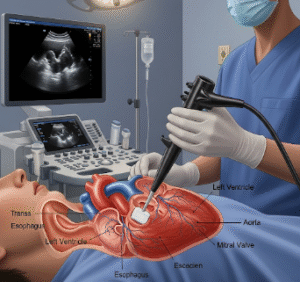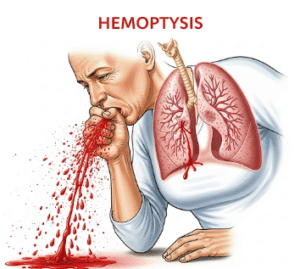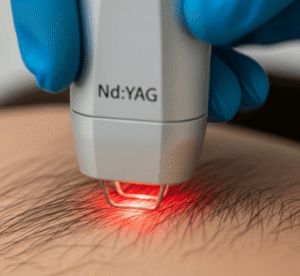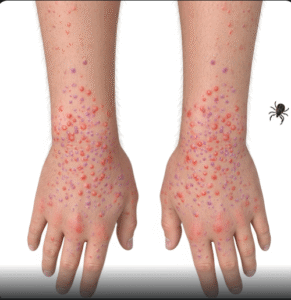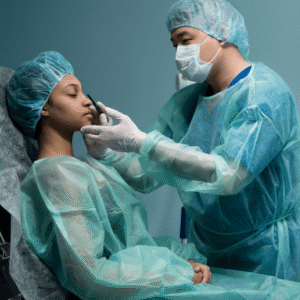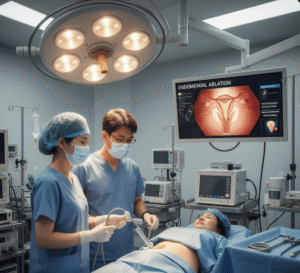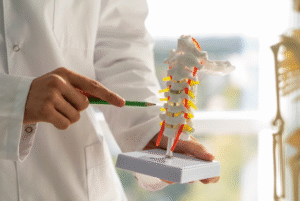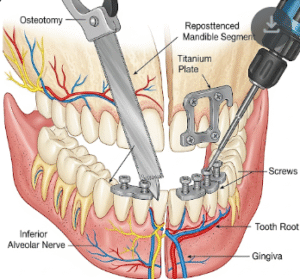Overview
Oligoarthritis is a form of arthritis that affects four or fewer joints within the first six months of onset. It is a subtype of juvenile idiopathic arthritis (JIA) when diagnosed in children, but it can also affect adults in various forms. Typically, oligoarthritis targets larger joints such as the knees, ankles, or elbows, and it may be either short-term (persistent) or progress to involve more joints over time (extended oligoarthritis). Early diagnosis and treatment are important to prevent joint damage and maintain mobility.
What is Oligoarthritis?
Oligoarthritis, also known as pauciarticular arthritis, is characterized by inflammation in a limited number of joints—usually asymmetrically. It most commonly affects children under 6 years of age but can also appear in adults. In juvenile cases, oligoarthritis is the most common form of juvenile idiopathic arthritis (JIA). The inflammation causes swelling, stiffness, warmth, and reduced motion in the affected joints, often without systemic symptoms in the early stages.
Symptoms
Symptoms of oligoarthritis can vary depending on age and severity, but commonly include:
- Swelling and tenderness in one to four joints
- Joint stiffness, especially in the morning
- Warmth and redness over affected joints
- Limping or difficulty using a limb (especially in children)
- In some cases, eye inflammation (uveitis), which may not present symptoms initially
Causes
The exact cause of oligoarthritis is not fully known, but it is considered an autoimmune condition, where the immune system mistakenly attacks healthy joint tissues. Factors that may contribute include:
- Genetic predisposition
- Environmental triggers (such as viral infections)
- Immune system dysfunction
- In juvenile oligoarthritis, certain HLA gene types may increase risk
Risk Factors
Risk factors for developing oligoarthritis include:
- Age: Most common in children under age 6
- Gender: Girls are more likely to develop juvenile oligoarthritis
- Family history of autoimmune diseases
- Specific genetic markers, such as HLA-B27 (in some subtypes)
- Ethnicity may influence prevalence rates in some populations
Complications
If not managed properly, oligoarthritis can lead to:
- Joint damage or deformity
- Growth disturbances in children (affected limbs may grow longer or shorter)
- Chronic pain and reduced joint function
- Uveitis, which can lead to vision problems or blindness if untreated
- Psychological effects, especially in children with long-term symptoms
Prevention
While oligoarthritis cannot always be prevented, the risk of complications can be reduced with early intervention and monitoring. Steps include:
- Regular screening for children with risk factors or family history
- Early recognition of joint swelling or stiffness
- Ongoing monitoring for eye inflammation (slit-lamp exams for children)
- Prompt medical treatment to control inflammation and prevent damage
Treatment Options in Korea
South Korea offers world-class rheumatology and pediatric care with advanced diagnostic and treatment capabilities for oligoarthritis. Treatment typically involves:
- Nonsteroidal anti-inflammatory drugs (NSAIDs) to reduce pain and inflammation
- Disease-modifying antirheumatic drugs (DMARDs) like methotrexate to slow disease progression
- Biologic therapies (e.g., TNF inhibitors) for more severe or extended cases
- Corticosteroid joint injections for rapid relief in targeted joints
- Physical and occupational therapy to maintain joint flexibility and function
- Regular eye exams and care by pediatric ophthalmologists in juvenile cases
Top Korean hospitals like Seoul National University Hospital, Severance Children’s Hospital, and Samsung Medical Center offer multidisciplinary care for both juvenile and adult oligoarthritis, ensuring patients receive holistic treatment from diagnosis through long-term management.


